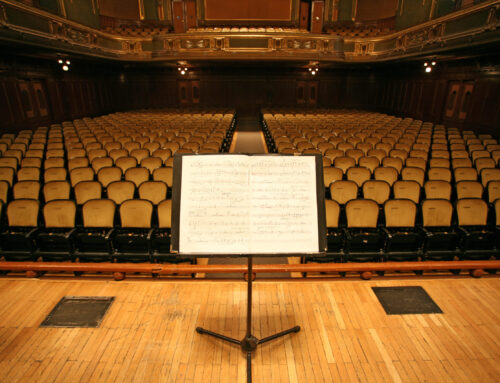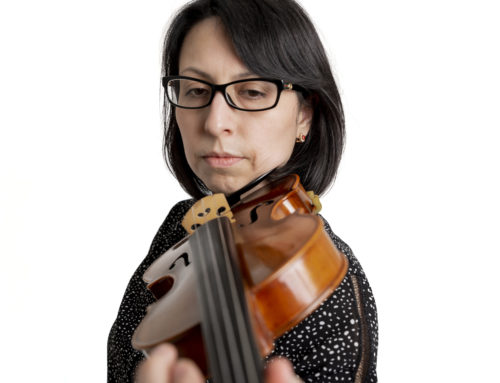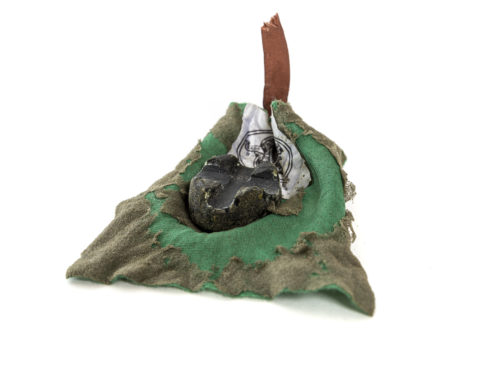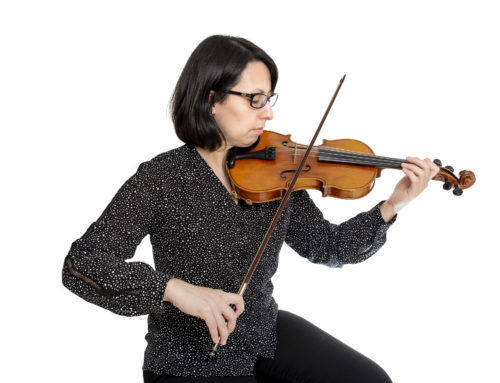Exercises for Using Full Bow on the Violin and Viola
Do you find it challenging to play confidently at both the frog and the tip of your bow? Struggling with maintaining the right bow speed? I’ve got you covered with a set of exercises designed to address these common concerns and improve your overall bowing technique.
Incorporate these exercises into your practice routine to enhance your ability to play confidently and smoothly across the entire length of the bow. Consistent practice will not only improve your comfort at the frog and tip but also contribute to refining your overall bowing skills. Happy practicing!
Exercise 1: Gradual Strokes for Bow Control
Using your metronome, play short strokes within an inch and a half or so from the frog and tip. Use down strokes at the frog and up strokes at the tip. Start with a slow metronome setting and then increase the speed as you get more comfortable. Perhaps start with open strings and then apply this exercise to your scales. Make sure to avoid bow bounces or skipping on the string.
Exercise 2: Diversify Your Bowing Patterns
Using your metronome, play short strokes within an inch and a half or so from the frog and tip. Use up strokes at the frog and down strokes at the tip. Start with a slow metronome setting and then increase the speed as you get more comfortable. Perhaps start with open strings and then apply this exercise to your scales. Make sure to avoid bow bounces or skipping on the string.
Exercise 3: Precise Placement with Controlled Up Bows
This exercise is useful in getting to the right place in the bow. On the up bow, use more bow and less pressure to get to the right part of the bow and try to match the sound. Pay close attention to achieving a consistent sound without introducing accents. This exercise is crucial for honing your control over bow distribution and placement.







Hi Paul, I would suggest 5 minutes each or so. I usually do them with my scales but you can also do them with open strings in the beginning. Good luck!